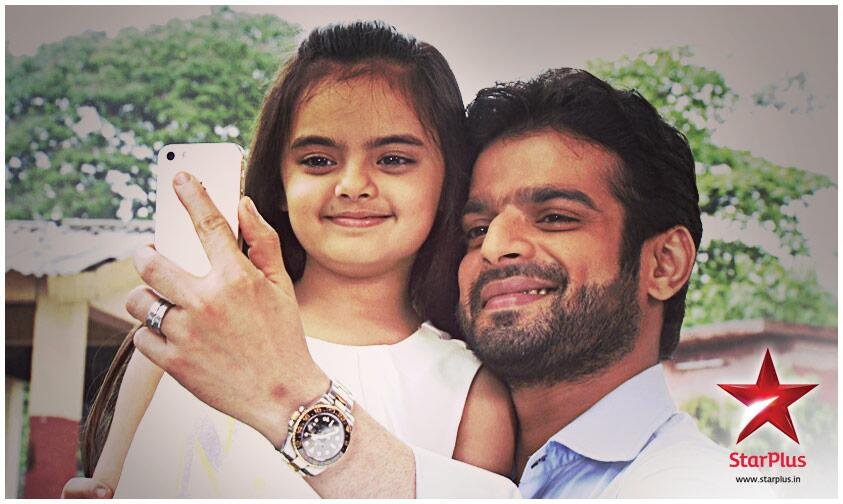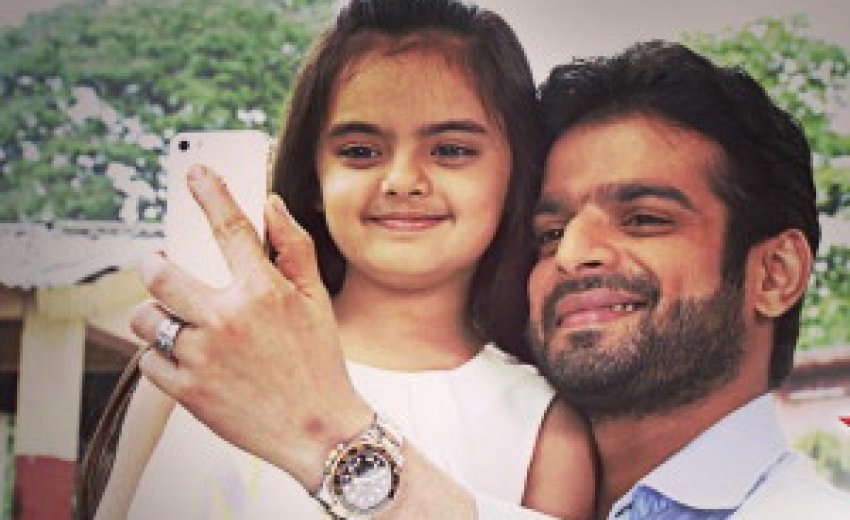Monday, Jul. 06, 2015: NEW DELHI — Contributed to The Globe and Mail

India is going through a pleasant convulsion. Fathers across India are tweeting selfies with their daughters to make Indians realize that girls are as precious as boys. A picture is worth a thousand words, true, but can it upturn century-old attitudes and suddenly make Indian girls cherished and wanted?
Only in India can a selfie be expected to carry the burden of such expectations. The selfie campaign began on June 19 by Sunil Jaglan, headman of Bibipur village in Haryana. As he visited villagers’ homes, he noticed a framed photograph of the family’s son was usually on display but not that of the daughter. He went home and took a selfie with his own daughter, sent it to villagers on the mobile messaging application WhatsApp and suggested a competition to see which father-daughter selfie was the best.
The whole thing has exploded into a charming campaign, which is helping to tackle the scourge of female feticide – a couple aborting a fetus when a test shows them it is female. Prime Minister Narendra Modi wrote about the selfie competition and said it “touched his heart.” He has now co-opted it into his government’s campaign to improve women’s status.
Thousands of fathers all over the country began posting heart-warming pictures on Twitter under the hashtag #SelfieWithDaughter, with captions such as “Me and my princess” and “Daughters are a gift to the world.”
Could the campaign be a turning point in the way India treats its women, killing them in the womb because they are a burden when they grow up and need a dowry to get married?
Could this lighthearted approach – taking pictures, sharing them and having a laugh – be the way forward, particularly in a country that has little humour or levity in public life?
Maybe, just maybe, this social media campaign will be more effective than any number of solemn condemnations, worthy slogans, punishments and clunky government schemes. One can only hope so since all the other efforts to stop female feticide, with its resulting skewed sex ratio, have singularly failed.
The national child sex ratio has been steadily getting worse. In 1951, it was 946 girls per 1,000 boys; in 2011, it fell to 918 girls per 1,000 boys, the lowest in the seven decades since it has been counted. Haryana’s sex ratio is an appalling 843 girls to 1,000 boys.
Even if girls are allowed to be born, more die from malnutrition than boys: Up to 68 per cent of children admitted to hospital for acute malnutrition are girls. And if couples do not stop aborting female fetuses, India will have a deficit of 24 million women by 2040, according to a study by the United Nations Population Fund.
In any case, no number of selfies or celebration of girls will succeed without tackling the root cause of the way girls and women are treated: the custom of dowry.
Poor Indians dread the moment they have to arrange their daughter’s marriage because the dowry can bankrupt them. The giving of dowry is, in turn, rooted in arranged marriages. Men who marry for love don’t ask for a dowry.
So if the day ever comes when Indian women can be accepted as a bride by a man and his parents for themselves alone – with no dowry – only then will Indians stop shunning girls as a liability.
It will take more than a selfie for that to happen, but at least it's a start.
Amrit Dhillon is a journalist based in New Delhi

